Plenty of Living Flora and Fauna in the City of the Dead
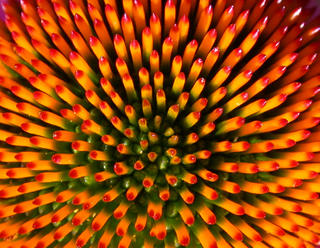
This is a super close-up of a purple coneflower - one of our favorites and very prolific right now.
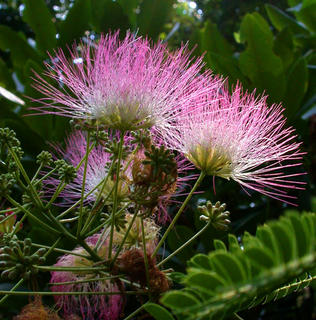
Silk Tree blossoms - there are a few of these trees in the cemetery. Related to Locust Trees and Wisteria their blossoms have a delicate, sweet perfume.
(The next couple we are busily trying to identify.)


We saw (and heard) a number of different birds on Sunday - from the ubiquitous mockingbirds to bluejays, cardinals, red winged blackbirds, and of course, herons. Hal found this little lady hiding in the reeds at the Willow Pond, trying to get a bit of respite from the sun:

Always to be found are all sorts of frogs. One of my favorite games to play at ponds is to stomp around a little ways from the edge in order to get as many of these guys jumping in as possible. This one fellow wouldn't budge, however. Hal called him a pickle:
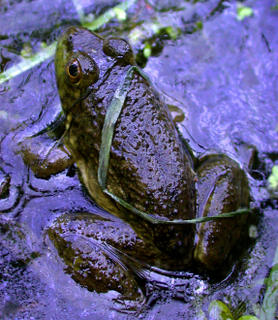
No matter how close we got to him, he just would not move. Eventually, after Hal was through, I gently pinched pickle frog on the behind and he went away.
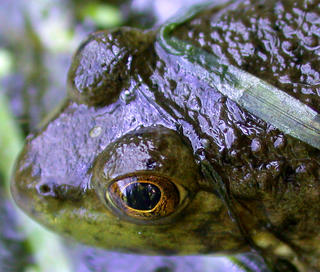
Those lovely yellow flowers (are they another type of Ranunculus, Sissy?) played host to an awful lot of bees. Hal got this shot of one guy going to town on the pollen, collecting it in his little bee knapsack:
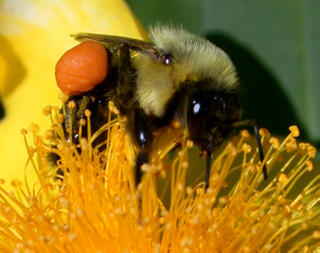


1 comment:
The purple one is one of the Campanulas (Bellflower) -- check out leaf form and growth habit to narrow down identification. The yellow one, which I've never seen in the field myself, looks to be Hypericum kalmianum (Kalm's St. Johnswort), first cousin of the common St. Johnswort of herbal medicinal fame. The photographs continue to astonish!
You'll enjoy knowing that Peter Kalm, the botanist after whom the plant is named, was a Finnish fellow working for the Swedish government -- The genus Kalmia, which includes Mountain Laurel, Sheep Laurel and Bog Laurel, is named after him. Pretty cool.
Sissy
sisu
Post a Comment